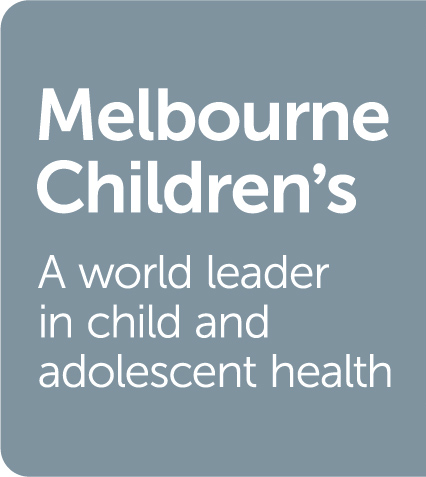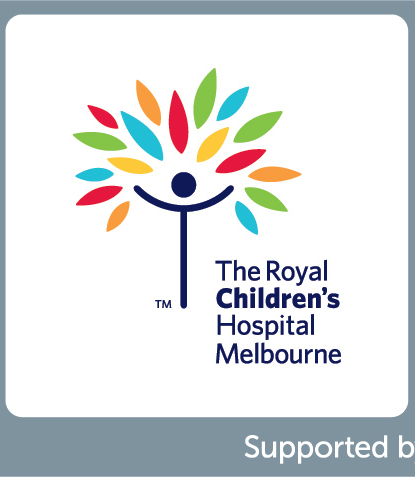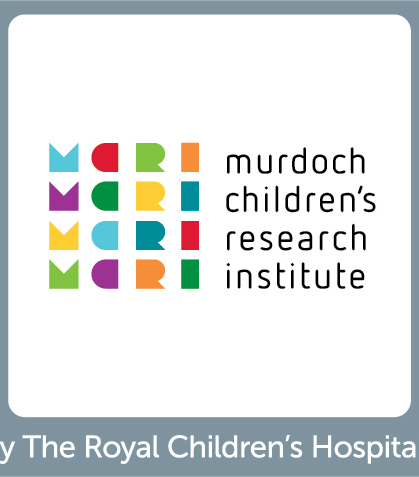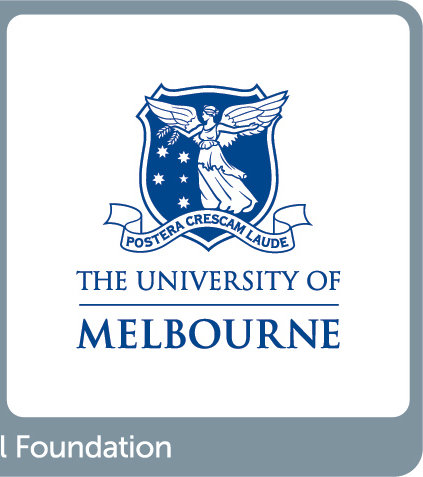Children’s Attention Project (and Neuroimaging of the Children’s Attention Project sub-study) (CAP and NICAP)
The Children’s Attention Project (CAP), commenced in 2011, is a prospective longitudinal study of almost 500 children with and without Attention-Deficit/Hyperactivity Disorder (ADHD) recruited from Grade 1 (6 – 8 years old) classes across socio-economically diverse primary schools in Melbourne, Australia.
The study aims to map the course of ADHD symptoms over time and to identify risk and protective factors associated with differential outcomes. CAP is the first Australian longitudinal study of children with and without ADHD and one of the first community-based longitudinal studies of children that meet the full diagnostic criteria for ADHD recruited in the early primary school years. The study’s examination of a broad range of risk and protective factors and ADHD-related outcomes has the potential to inform novel strategies for intervention and prevention.
The Neuroimaging of the Children’s Attention Project (NICAP) sub-study is a comprehensive longitudinal multimodal neuroimaging study of approximately 200 children with and without ADHD from the CAP. NICAP’s primary aims are to determine how brain structure and function change with age in children with and without ADHD, and whether different trajectories of brain development are associated with variations in outcomes including continuing to meet criteria for ADHD, and academic, cognitive, social and mental health outcomes. Establishing which brain regions are associated with differential clinical outcomes may allow us to improve predictions about the course of ADHD.
| Year | 2011-2012 | 2013-2014 | 2014-2016 | 2014-2016 | 2016-2017 | 2016-2017 | 2018-2019 | 2018-2019 |
|---|---|---|---|---|---|---|---|---|
| Wave | 1 (CAP) | 2 (CAP) | 3 (CAP) | 3a (NICAP) | 4 (CAP) | 4a (NICAP) | 5 (CAP) | 5a (NICAP) |
| Age | 7 years | 8.5 years | 10 years | 10 years | 11.5 years | 11.5 years | 13 years | 13 years |
| N | Total: 497 Cases: 179 Controls: 212 High risk: 100 |
Total: 485 Cases: 206 Controls: 174 High risk: 83 |
Total: 481 Cases: 167 Controls: 192 High risk: 80 |
Total: 122 Cases: 59 Controls: 54 High risk: 6 |
Total: 122 Cases: 59 Controls: 54 High risk: 6 |
Total: 122 Cases: 59 Controls: 54 High risk: 6 |
||
| RELEVANT LIFECOURSE DOMAINS | Anthropometrics | Anthropometrics | ||||||
| Bioanalyses and omics | Bioanalyses and omics | Bioanalyses and omics | ||||||
| Biosamples | Biosamples | |||||||
| Demographics | ||||||||
| Education and childcare | ||||||||
| Environmental and climate exposures | ||||||||
| Family environment | ||||||||
| Health services | ||||||||
| Imaging | Imaging | Imaging | ||||||
| Medications and supplements | ||||||||
| Mental health and behaviour problems | ||||||||
| Methodology | ||||||||
| Neurocognitive development | ||||||||
| Other health information | ||||||||
| Peer relationships | ||||||||
| Pregnancy and birth | ||||||||
| Psychosocial wellbeing | ||||||||
| Puberty | ||||||||
| Sleep | Sleep | |||||||
| Speech and language | Speech and language | |||||||
| Substance use | Substance use | Substance use | ||||||
| Temperament and personality | ||||||||
| Study Summary | |
|---|---|
| Study name | Children’s Attention Project (CAP) including Neuroimaging Sub-study (NICAP) |
| Study abbreviation | CAP and NICAP |
| Current principal investigator/s |
Emma Sciberras Tim Silk |
| Current project manager |
Emma Sciberras |
| Primary Institution/s |
Murdoch Children’s Research Institute - MCRI
|
| Collaborating Institution/s |
Deakin University
La Trobe University Joondalup Child Development Centre - Joondalup, WA University of Sydney Sydney Medical School |
| Major funding source/s |
National Health and Medical Research Council - NHMRC
Murdoch Children’s Research Institute - MCRI |
| Key reference for study |
|
| Study focus |
To examine a broad range of risk and protective factors and ADHD-related outcomes (including mental health, academic, family and child well-being, quality of life) in children with and without Attention-Deficit/Hyperactivity Disorder. Outcomes from this study have the potential to inform novel strategies for intervention and prevention. |
| Sampling frame |
CAP: Grade 1 children with and without ADHD, recruited across 43 socio-economically diverse government primary schools across Melbourne, Australia. All children were in Grade 1, the second year of formal schooling (6-8 years).Potential participants were screened for ADHD symptoms using independent parent and teacher reports on the Conners’ 3 ADHD index (~N = 5260).Children screening positive for ADHD by both parent and teacher report, and a matched sample (gender, school) screening negative, were invited to participate. NICAP: Recruited from CAP cohort, with equal number of cases and controls. |
| Primary study type | Longitudinal cohort |
| Primary participant (at recruitment) | Index child |
| Year commenced |
2011 |
| Is this study ongoing? | No - the study is complete |
| Year study ended | 2015 |
| Ongoing recruitment? | No |
| Sample size (N) |
Total N = 497 |
| Survey data available? | Yes |
| Imaging data available? | Yes |
| Linkage to administrative dataset/s? | Yes, linkage to (at least one) administrative dataset completed |
| Biosamples available? | Yes |
| Are data available to others outside study team, with appropriate safeguards and structures in line with the cohort’s ethics and governance processes? | Yes |
| Are there any costs associated with data/sample access for approved requests? | There are usually no costs associated with access |
| Broadest type of participant consent available |
Extended consent (can be used for future ethically approved research related to this project) |
| Study Contacts | |
|---|---|
| Principal investigator/s |
Emma Sciberras Tim Silk |
| Project manager |
Emma Sciberras |
| Study Contact |
Phone, +613 8341 6363 |



